OCHA talks will highlight bicentennial of county, Erie Canal
Series starts May 28 featuring first Norwegian settlement in U.S. at Kendall
Press Release, Orleans County Historical Association
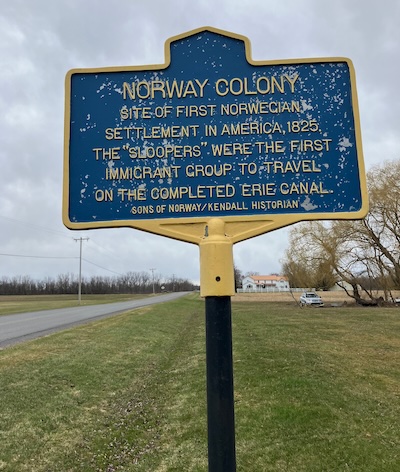
Provided photo: A historical marker at the intersection of Norway Road and Bald Eagle Drive in Kendall highlights the Norway Colony.
GAINES – The Orleans County Historical Association once again welcomes the community to their monthly history talks.
The talks are held from May through October on the last Wednesday of the month at 7 p.m. in the Gaines Basin Cobblestone Schoolhouse on 3286 Gaines Basin Rd. The talks are free and donations are gladly accepted.
This year’s presentations will spotlight the 200th anniversary of Orleans County and the Erie Canal. The schedule includes:
- May 28: “The First Norwegian Settlement in the U.S. – Kendall, NY (1825)” – Dee Robinson, retired Gaines town historian, will share the fascinating history of how the Norwegians came to the United States and made their way to Kendall, settling on Norway Road.
- June 25: “The Life of Joseph Ellicott, Surveyor of the Wilderness” – You won’t want to miss Dennis Upton, a storyteller and re-enactor as he brings to life the story of Joseph Ellicott who was an agent of the Holland Land Company and helped to survey and sell land in Western New York as well as advocate for the Erie Canal.
- July 30: “The Haudenosaunee Confederacy” – The Confederacy consists of six Indigenous nations whose traditional lands encompass New York State. Guest speaker Kae Woodruff Wilbert will share their history in New York State and Orleans County.
- August 27: “Orleans County Fruit Culture as Living History” – Guest speaker Amy Machamer, Owner of Hurd Orchards, will share her experiences and insights about the rich and unique fruit culture of Orleans County.
- September 24: “The Erie Canal & The Burned Over District; History is not Accidental” – Retired history teacher Doug Miller will share how multiple religious ideas and beliefs, of which some were uniquely formed, developed and spread along the Erie Canal in the early 19th century.
- October 29: “New York State Historical Markers” – Orleans County Historian Catherine Cooper has updated the 2001 Orleans County historical markers book and will share information on some of the new markers that have been installed in the County during the last 24 years.

















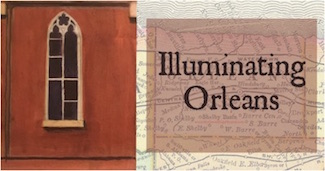 MIDDLEPORT – Ladies who liked to sing, harmonize and socialize formed a local chapter of the Sweet Adelines in 1972.
MIDDLEPORT – Ladies who liked to sing, harmonize and socialize formed a local chapter of the Sweet Adelines in 1972.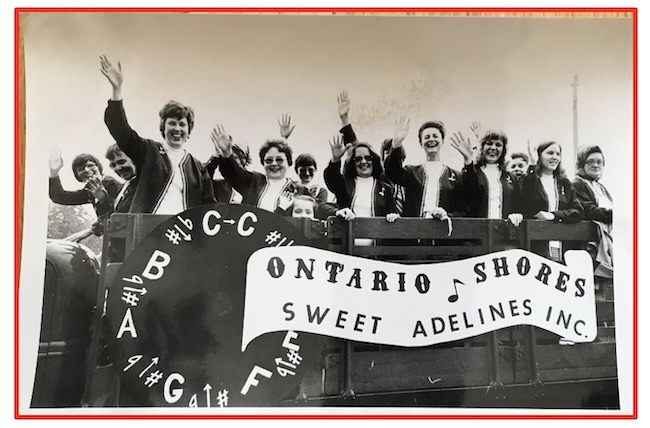

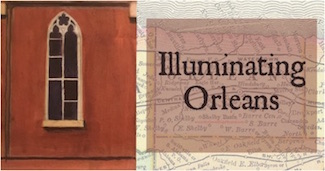 ALBION – “WARD G. FOSTER, 80, TRAVEL AGENT, DIES; His Slogan, ‘Ask Mr. Foster,’ Known to Tourists in All Parts of the World THE FIRM HAS 75 OFFICES A Woman in Charge of Each, After Long Training at Headquarters Here” – New York Times headline, March 18, 1940
ALBION – “WARD G. FOSTER, 80, TRAVEL AGENT, DIES; His Slogan, ‘Ask Mr. Foster,’ Known to Tourists in All Parts of the World THE FIRM HAS 75 OFFICES A Woman in Charge of Each, After Long Training at Headquarters Here” – New York Times headline, March 18, 1940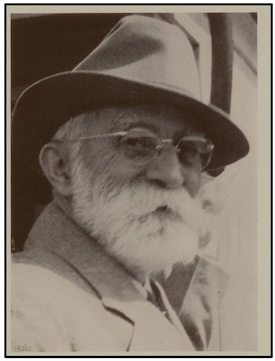

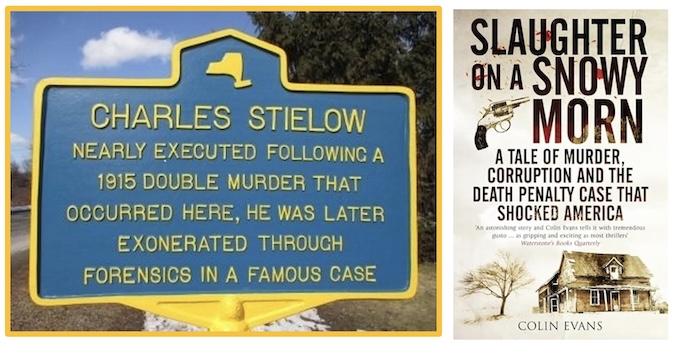
 SHELBY – April 24-27 has been designated as National Historic Sign weekend. The Historic Marker Database site lists 143 signs in Orleans County. This sign is located on Salt Works Road in West Shelby. It was erected in 2014 through the efforts of Nicholas Culver.
SHELBY – April 24-27 has been designated as National Historic Sign weekend. The Historic Marker Database site lists 143 signs in Orleans County. This sign is located on Salt Works Road in West Shelby. It was erected in 2014 through the efforts of Nicholas Culver.
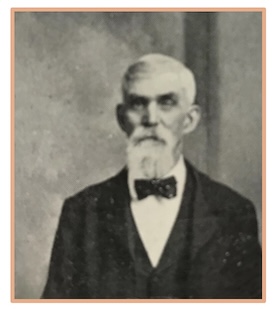
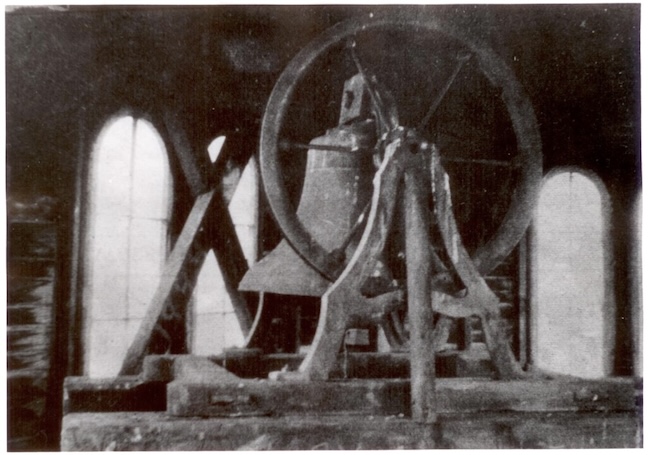
 ALBION – Listen for the peal of the Courthouse Bell in Albion at noon on Tuesday April 15, 2025!
ALBION – Listen for the peal of the Courthouse Bell in Albion at noon on Tuesday April 15, 2025!

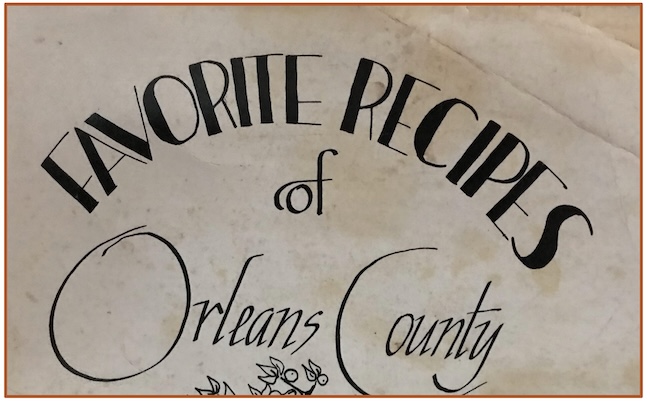
 ALBION – “Tucked among the keepsakes that reflect the earlier years of this unique county are the recipes found in this treasury. Some are copied, some created, some from yesteryear and some from today. All with a special touch from a special person – the one who so generously shared their favorite recipe.”
ALBION – “Tucked among the keepsakes that reflect the earlier years of this unique county are the recipes found in this treasury. Some are copied, some created, some from yesteryear and some from today. All with a special touch from a special person – the one who so generously shared their favorite recipe.”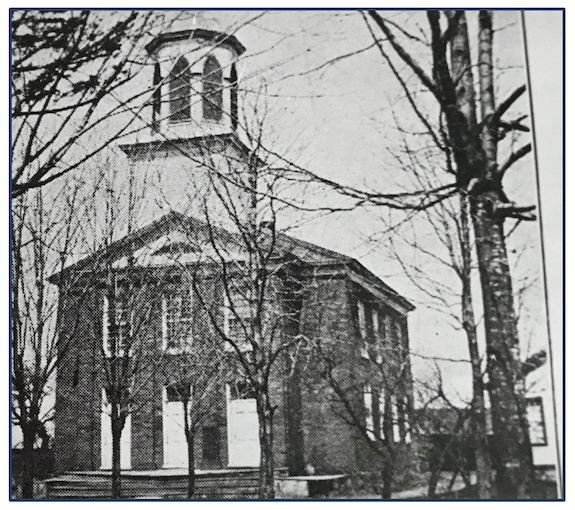
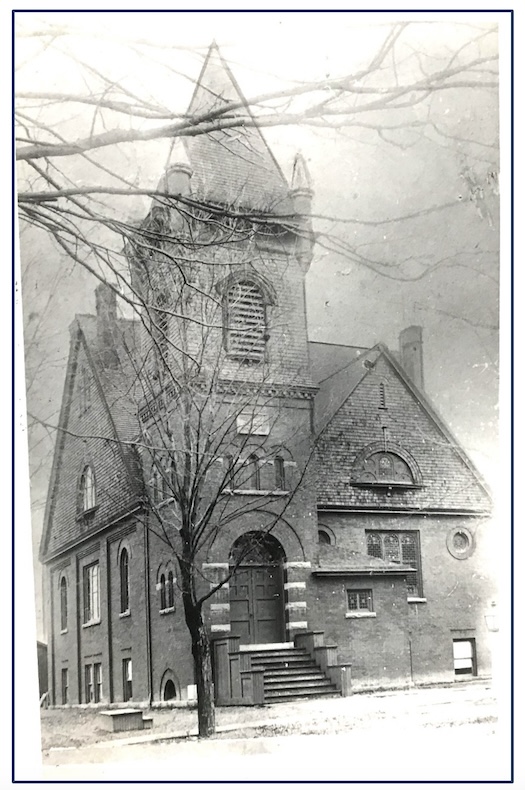
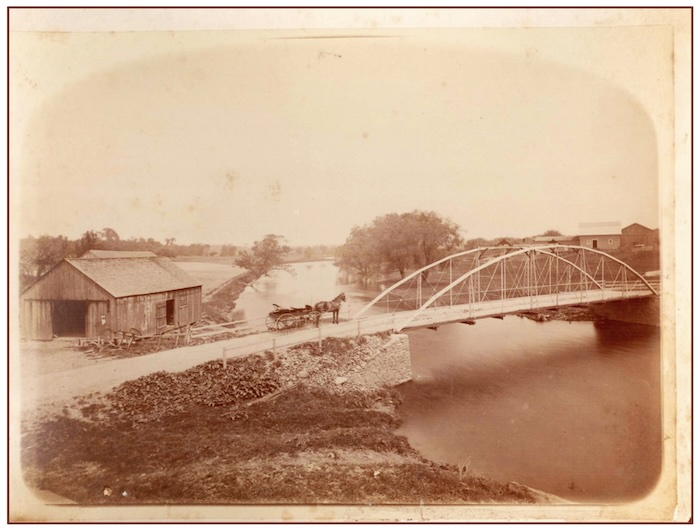
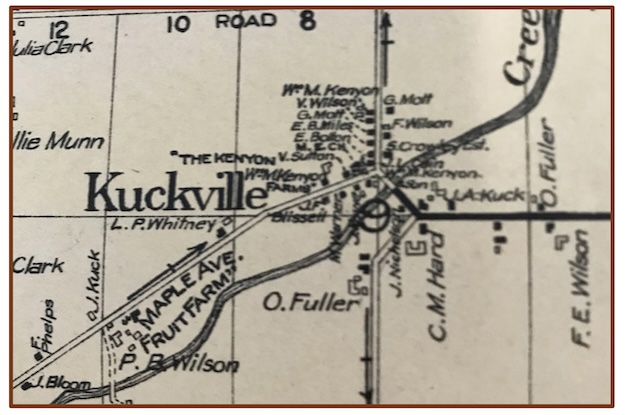
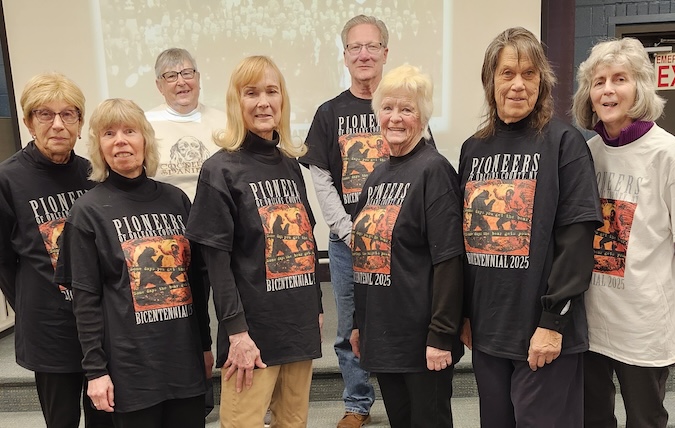
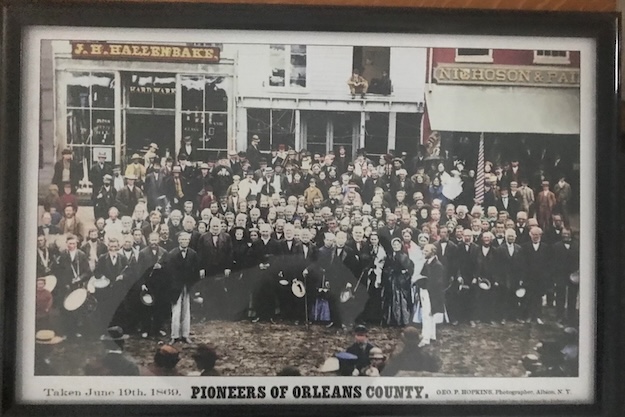
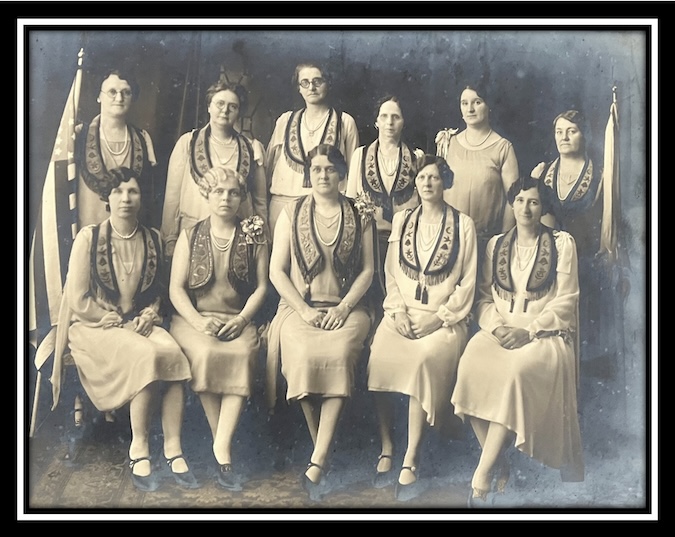
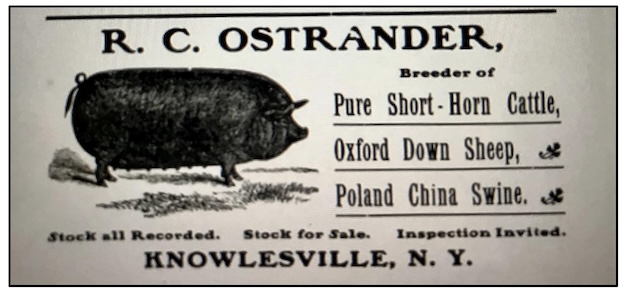
 Poland China? Ayrshire? Rambouillet? Are these familiar names?
Poland China? Ayrshire? Rambouillet? Are these familiar names?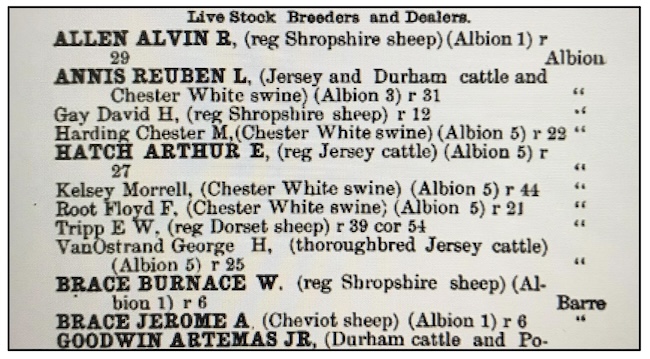



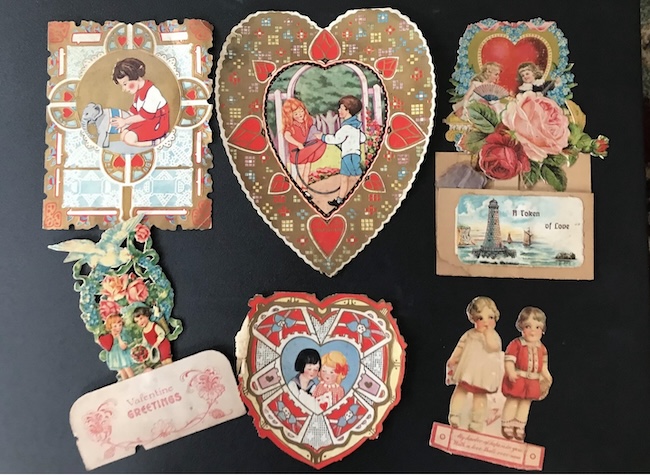
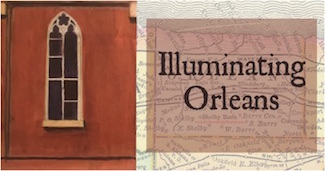 Local historians love to hear the phrases “We found these in the attic” or “We found these in the barn.”
Local historians love to hear the phrases “We found these in the attic” or “We found these in the barn.”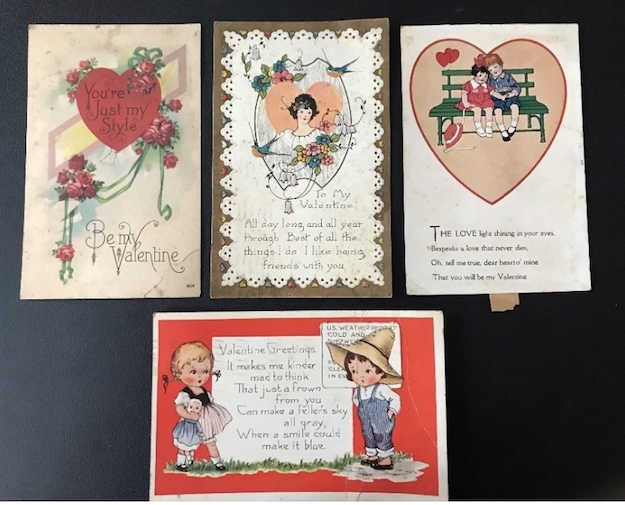
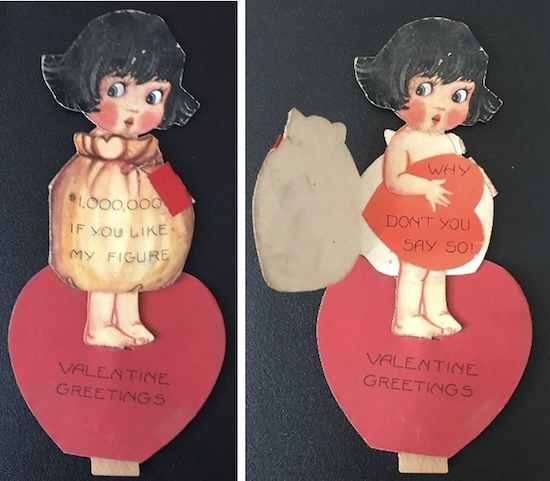
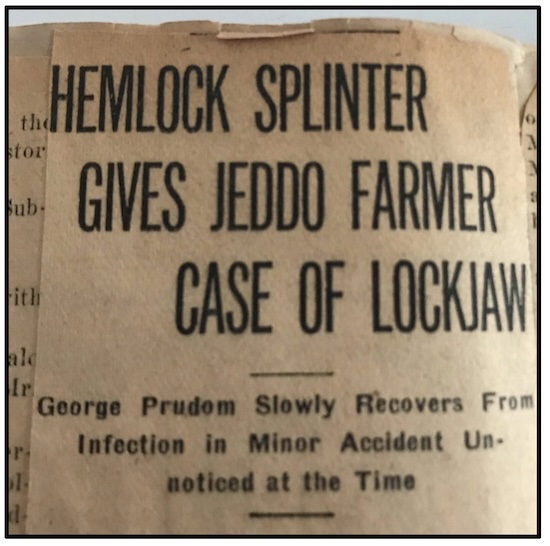
 JEDDO – This headline which appeared in the July 29, 1926, Niagara Gazette caught our attention. According to the article, George Prudom of Jeddo felt unwell and thought he was having an attack of rheumatism.
JEDDO – This headline which appeared in the July 29, 1926, Niagara Gazette caught our attention. According to the article, George Prudom of Jeddo felt unwell and thought he was having an attack of rheumatism.








































